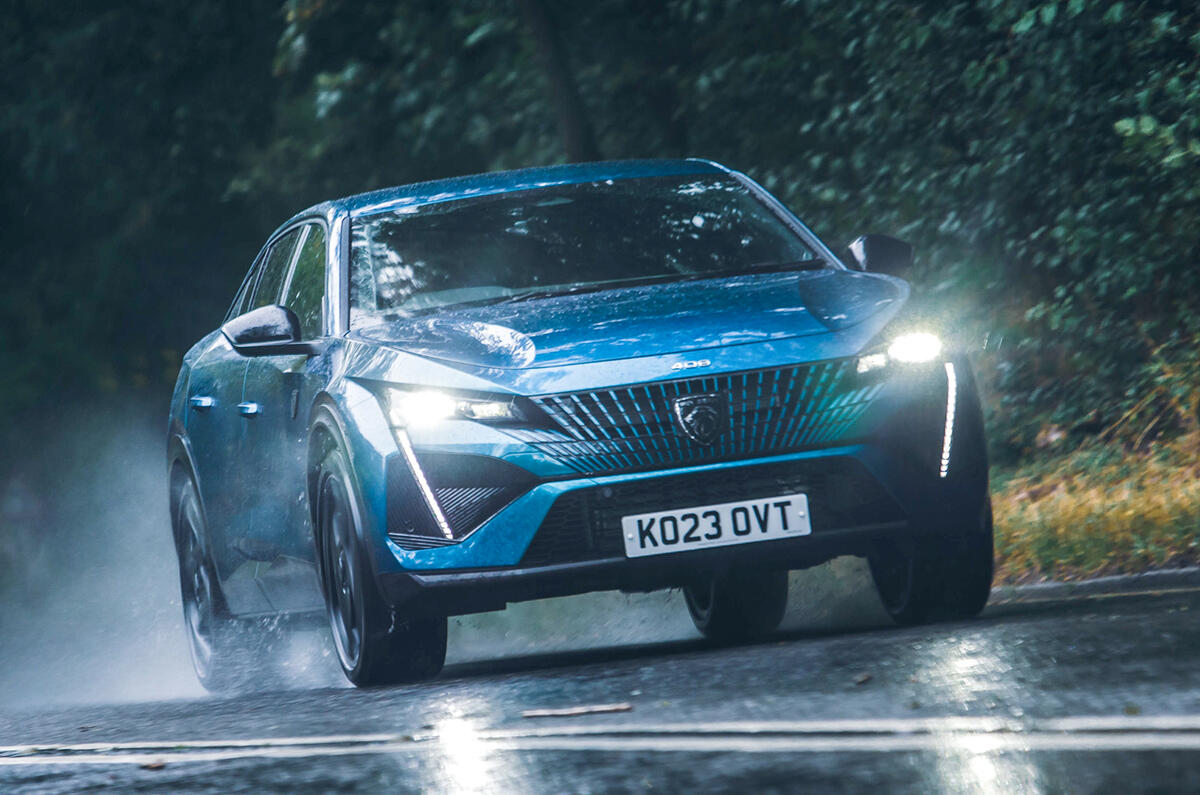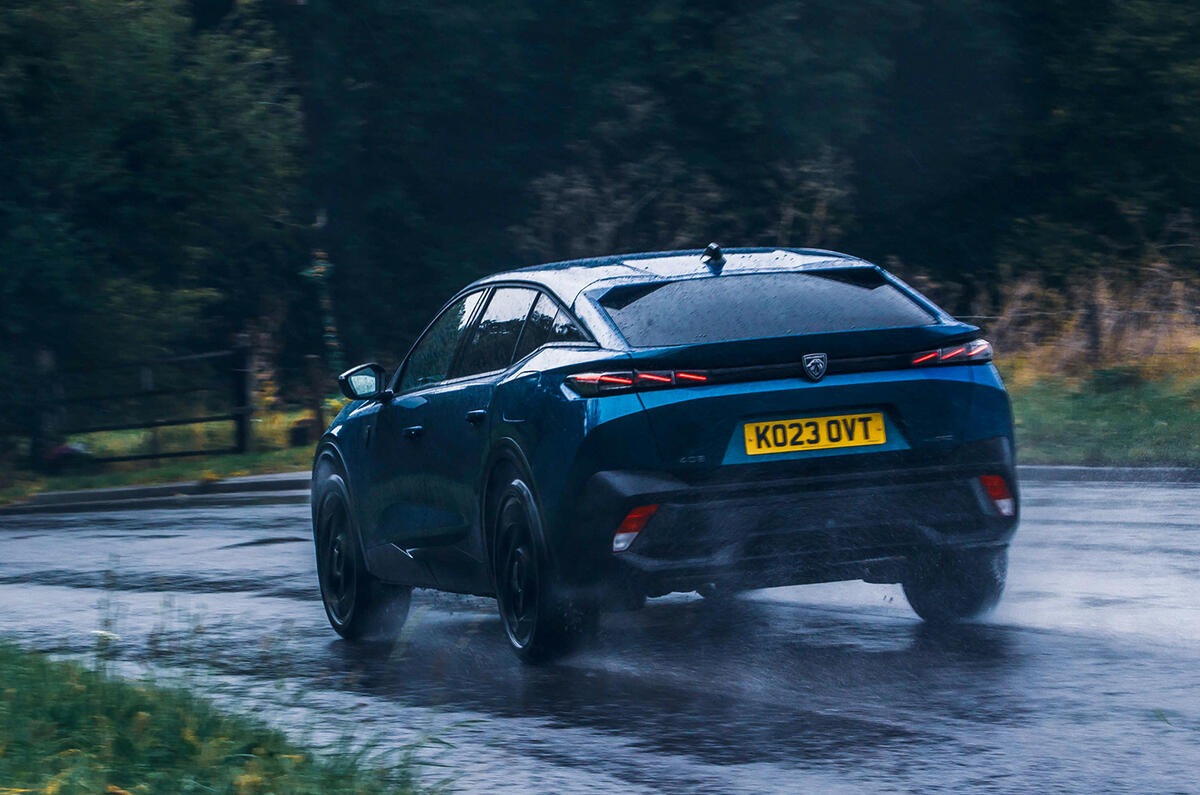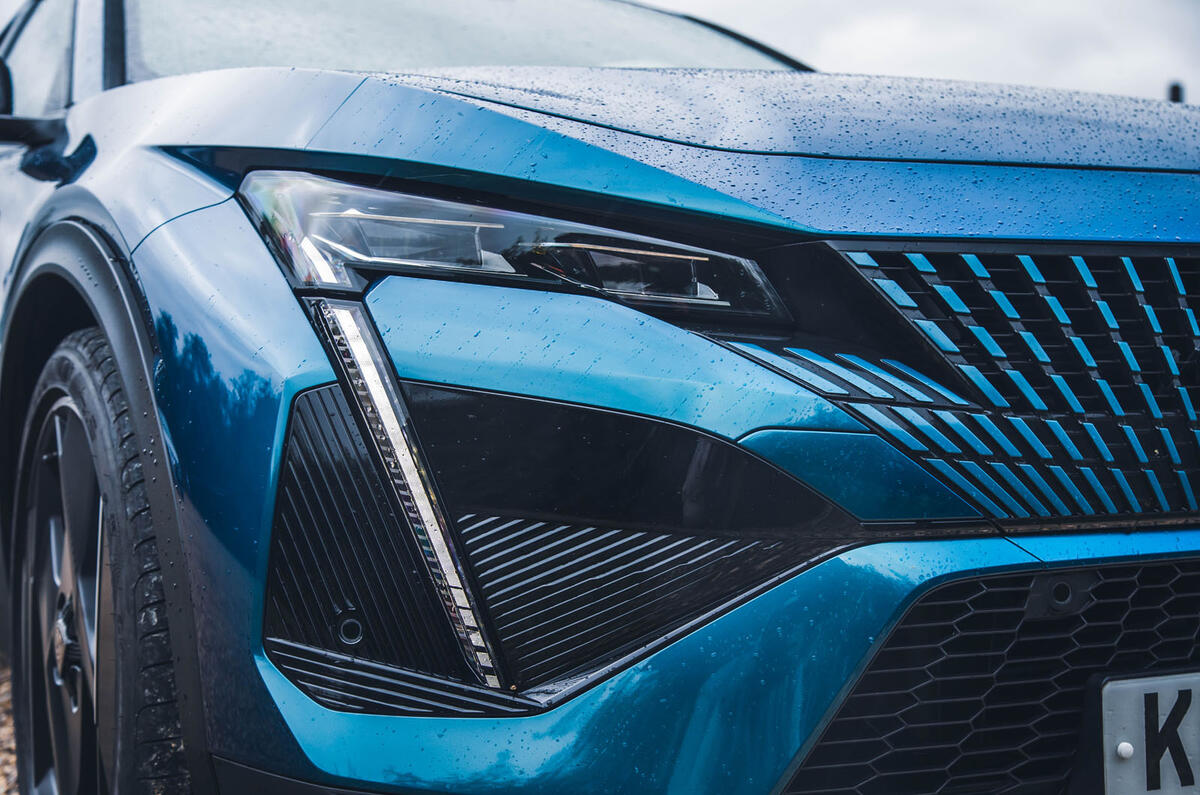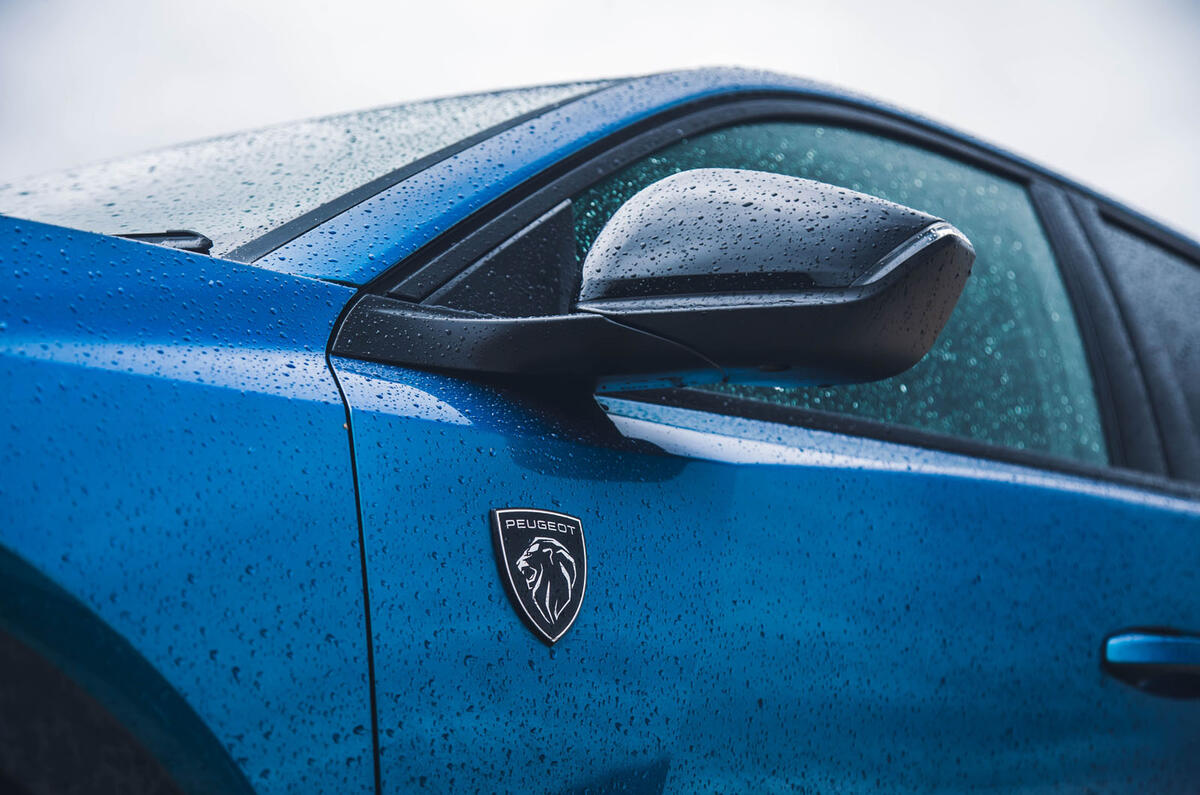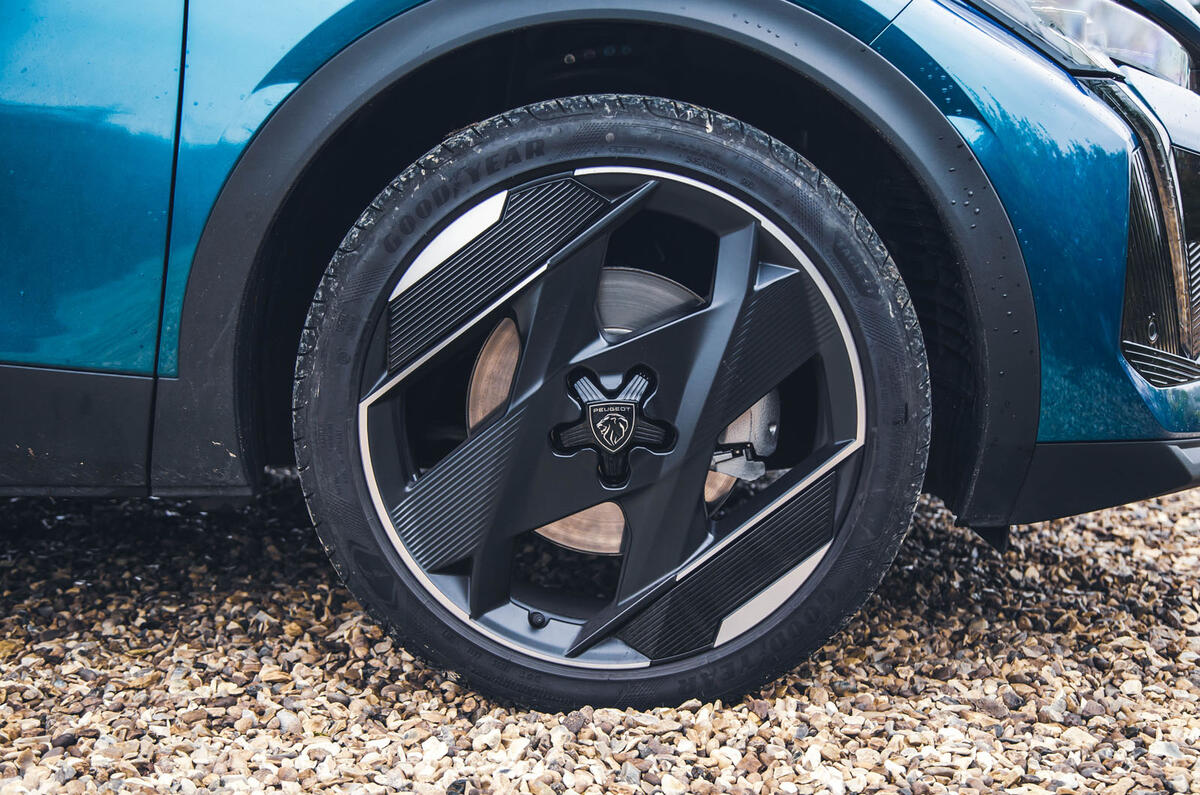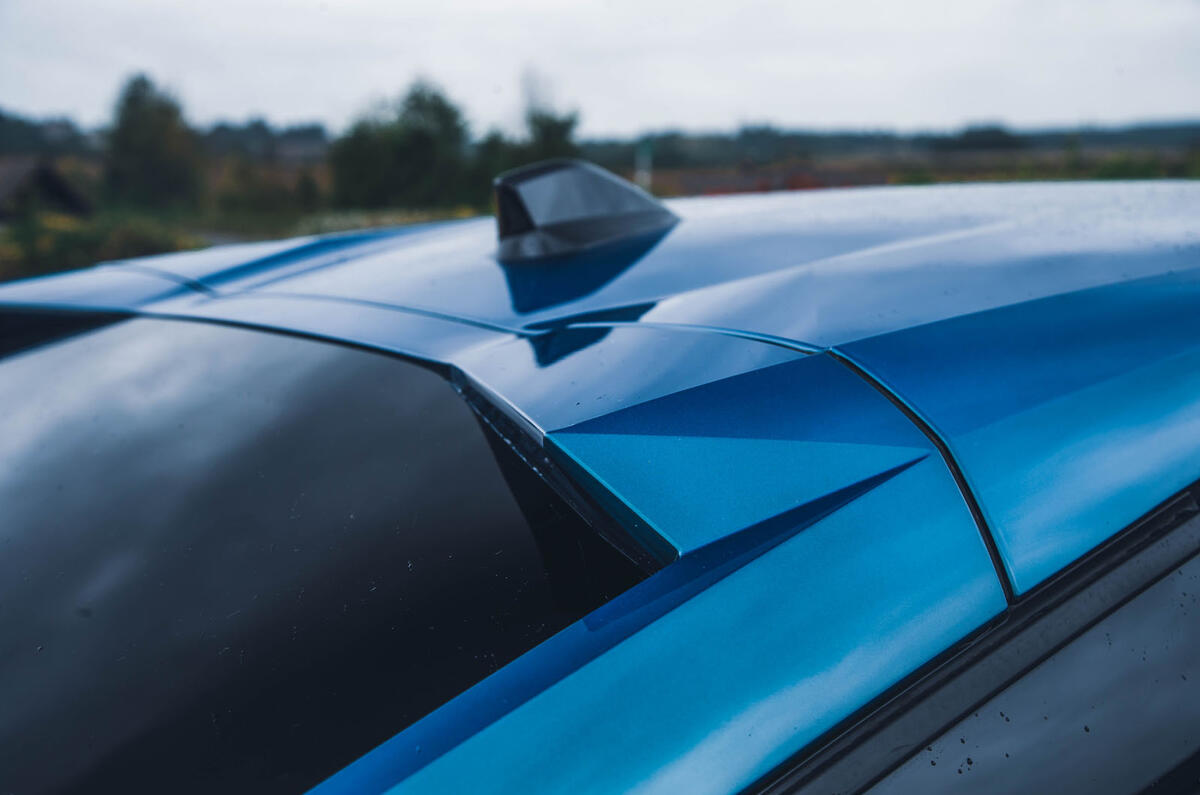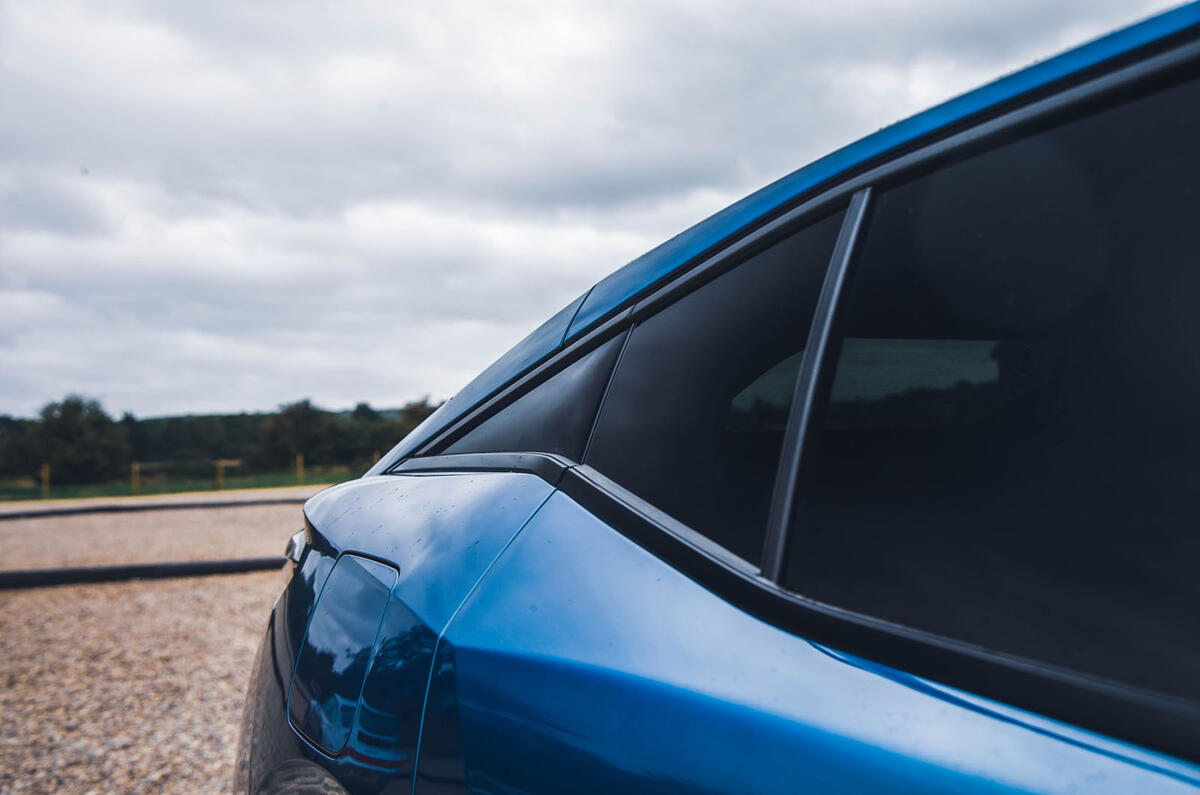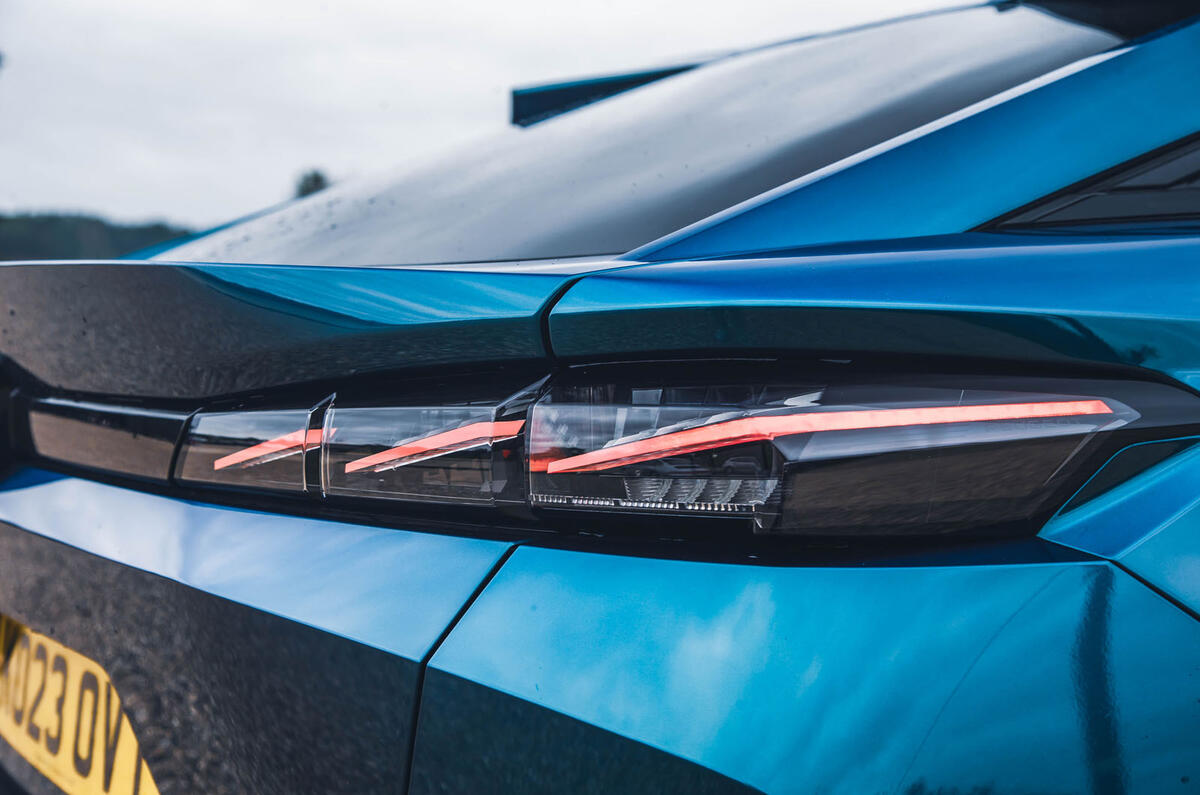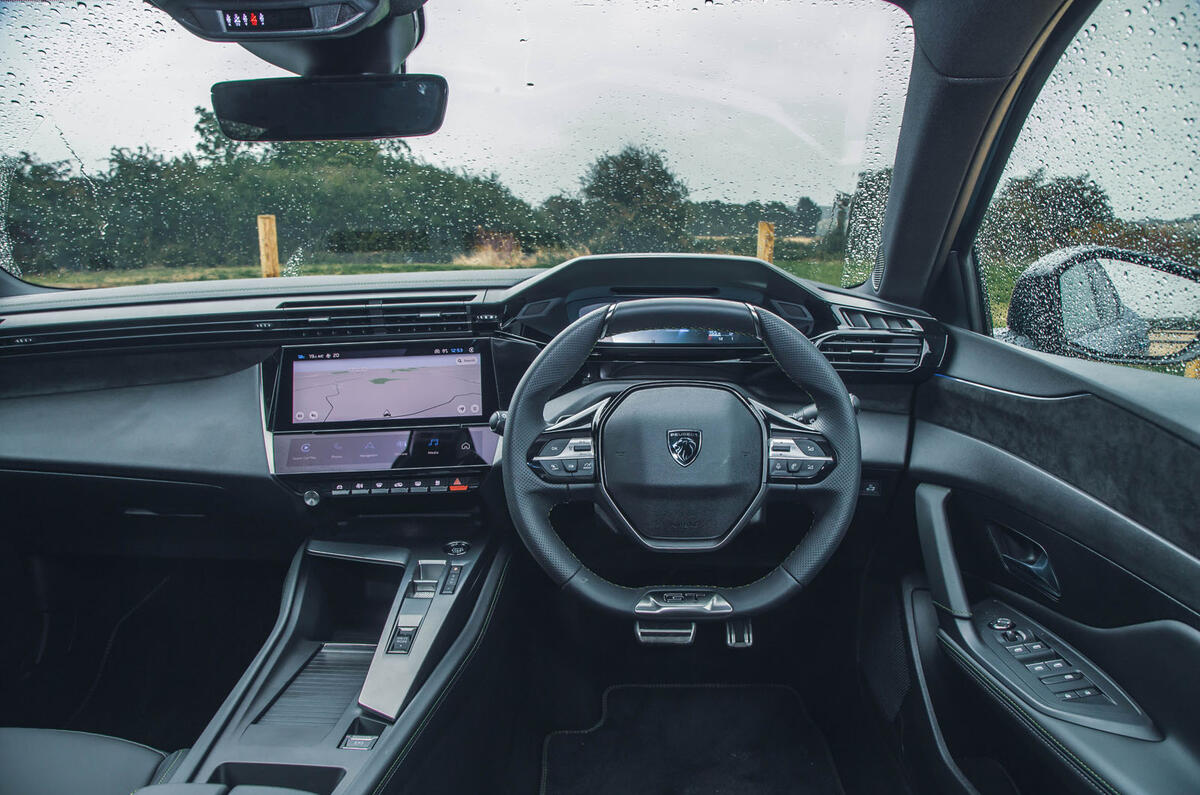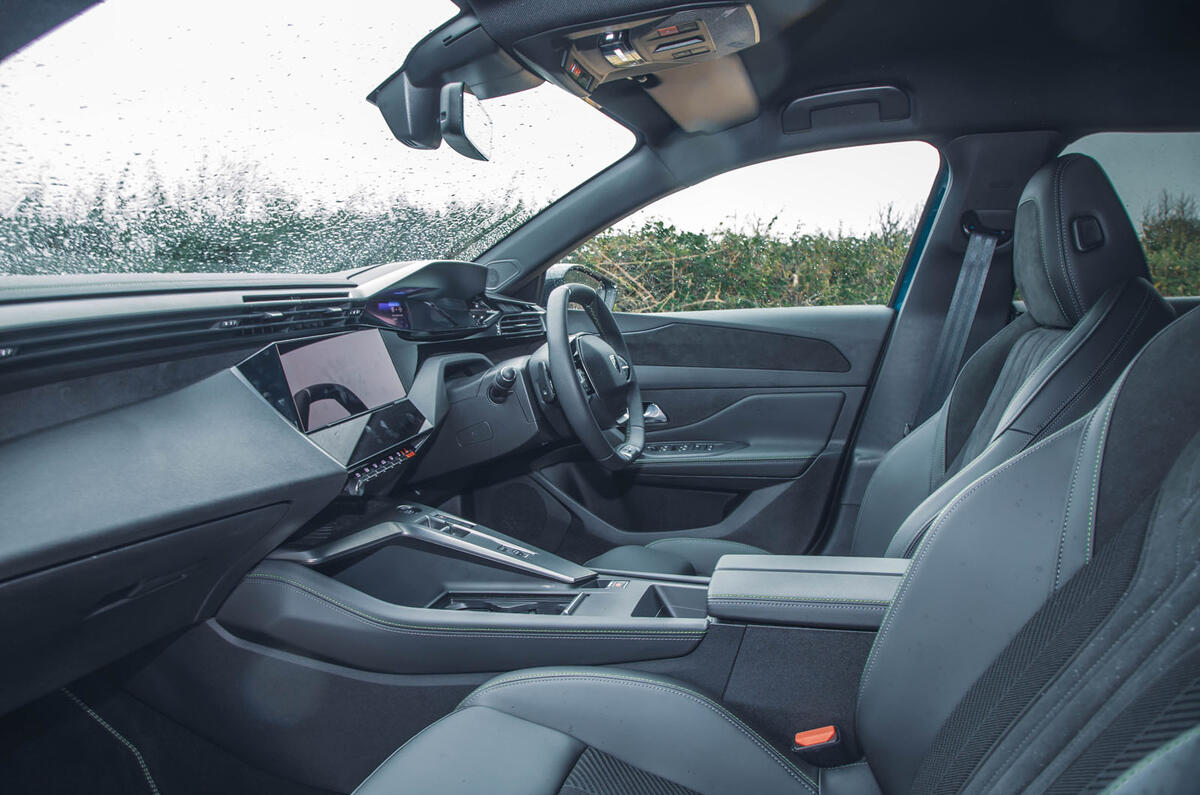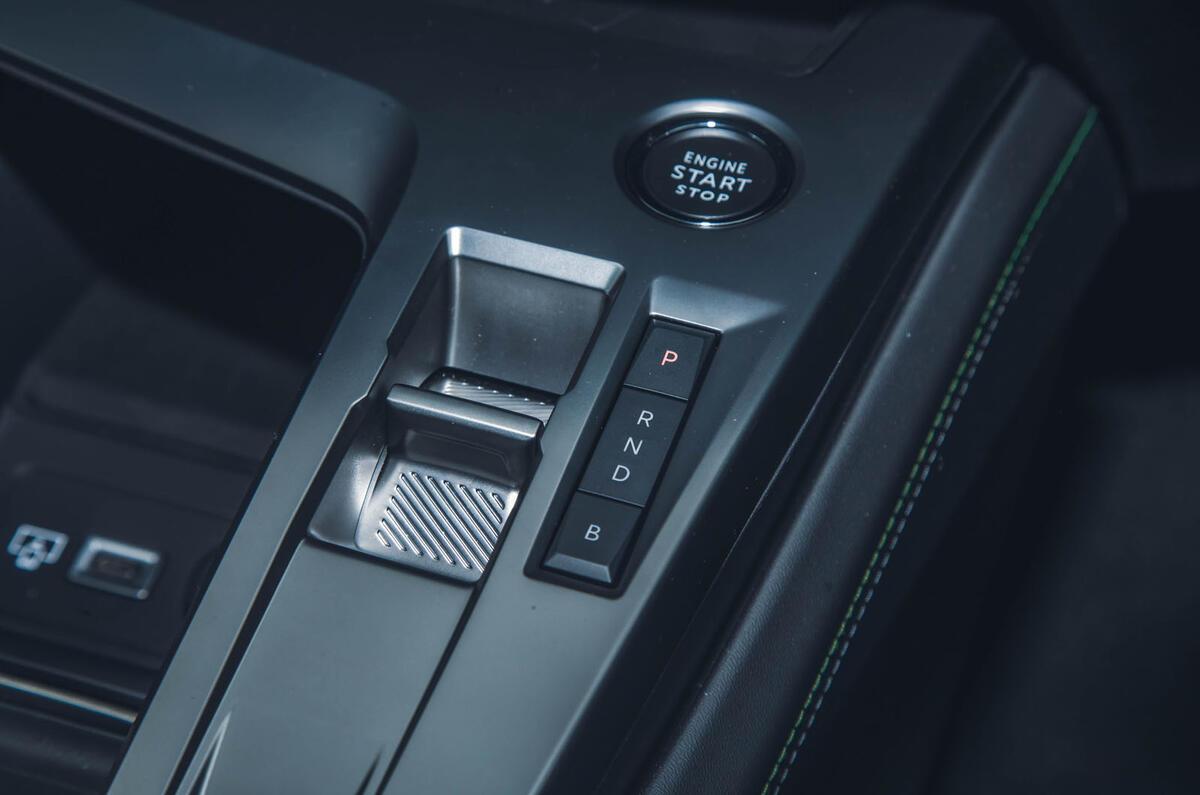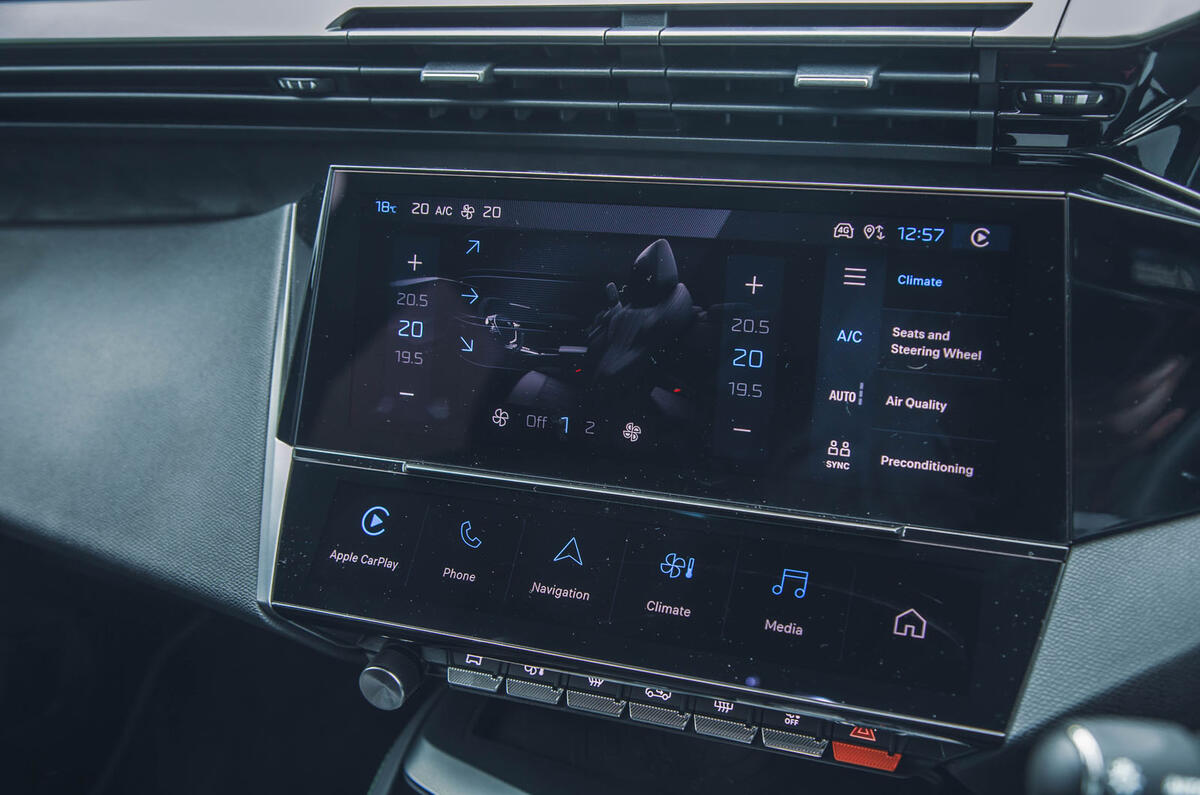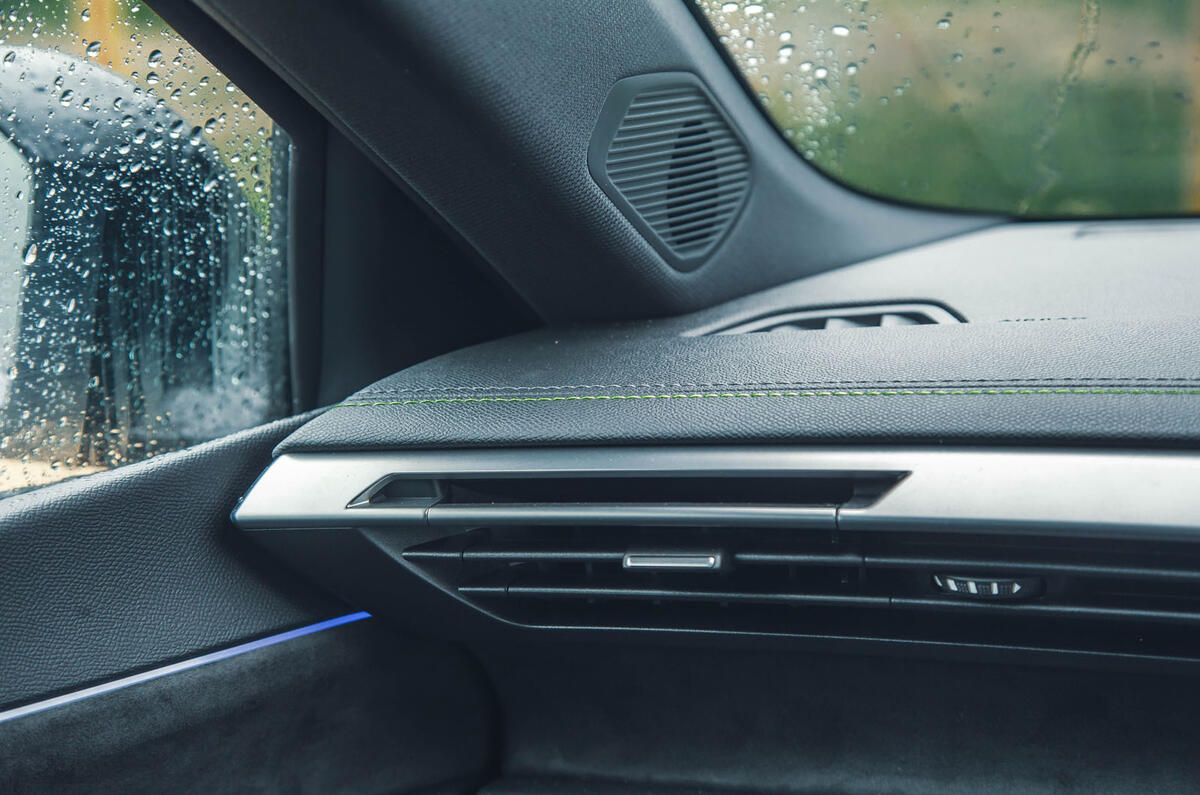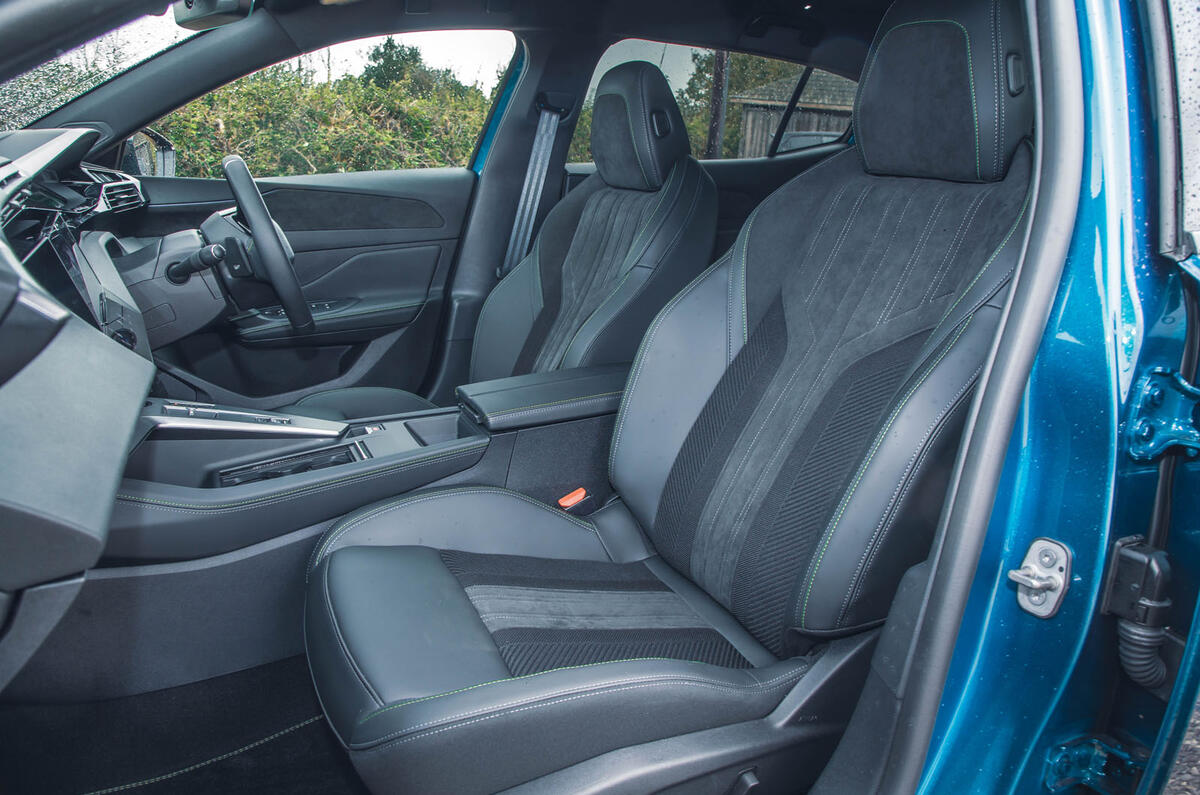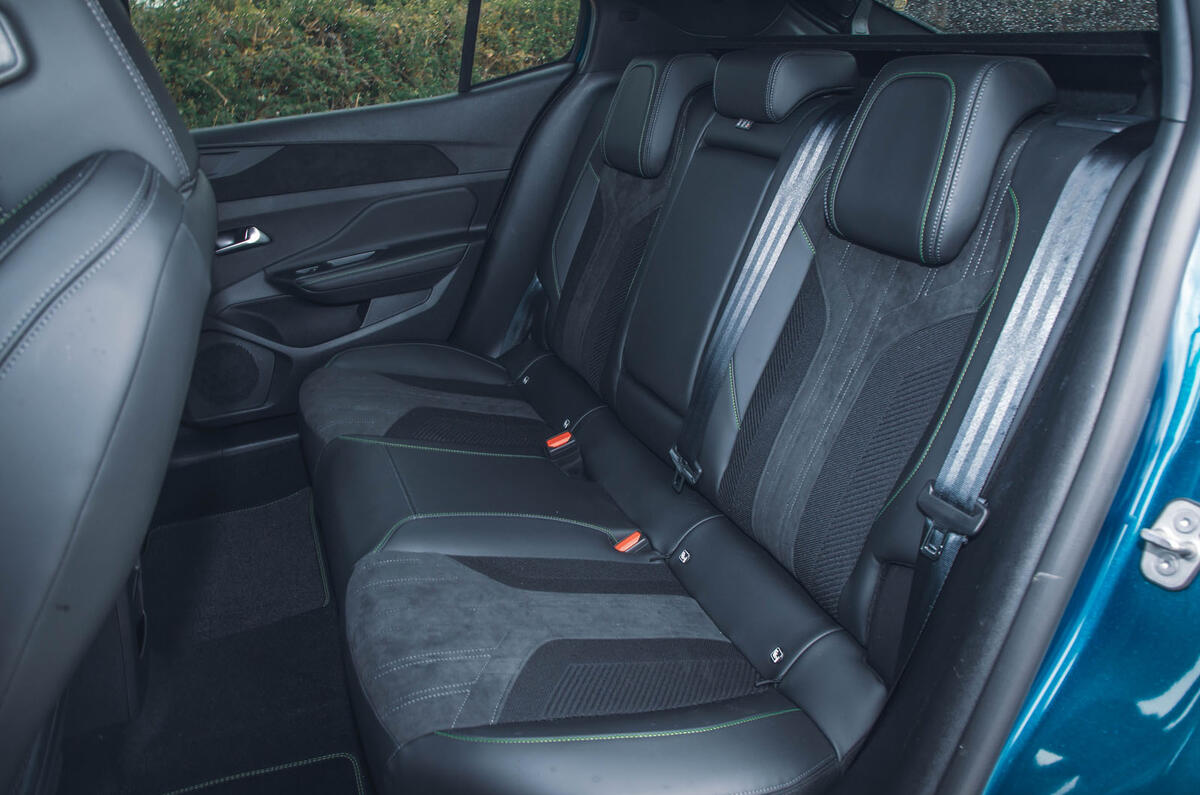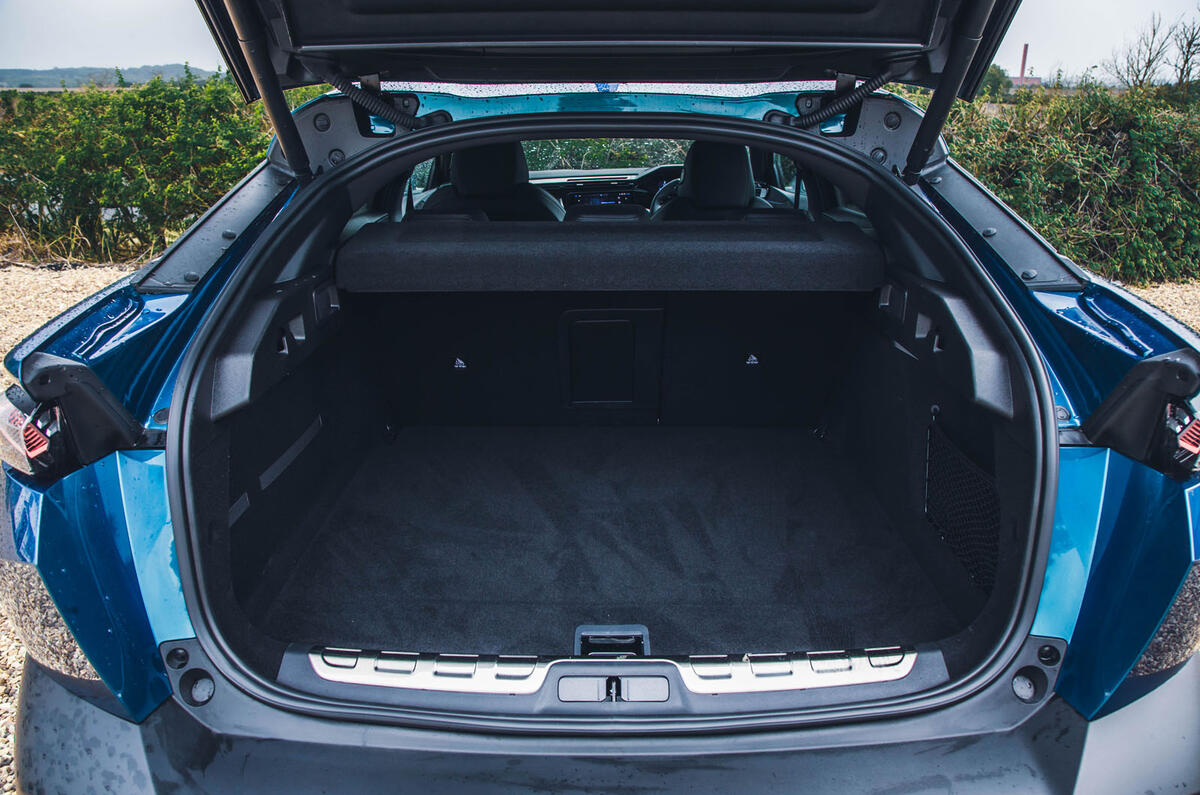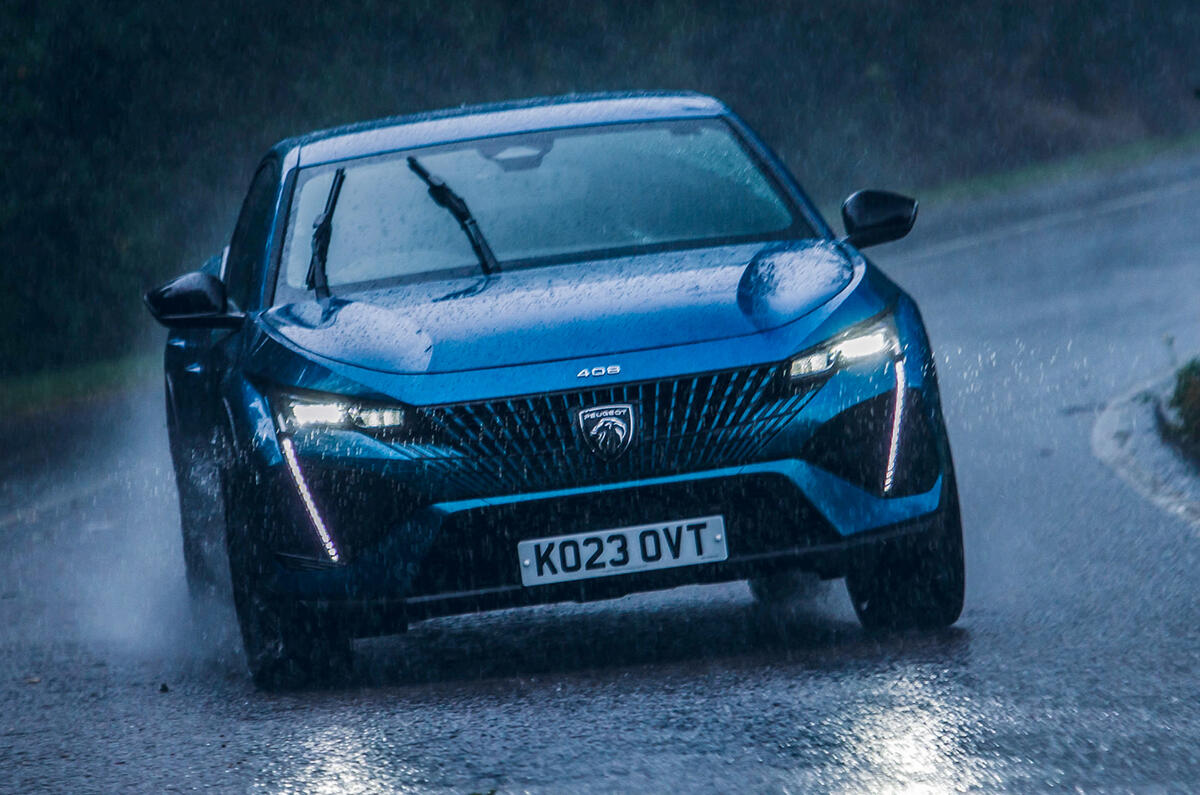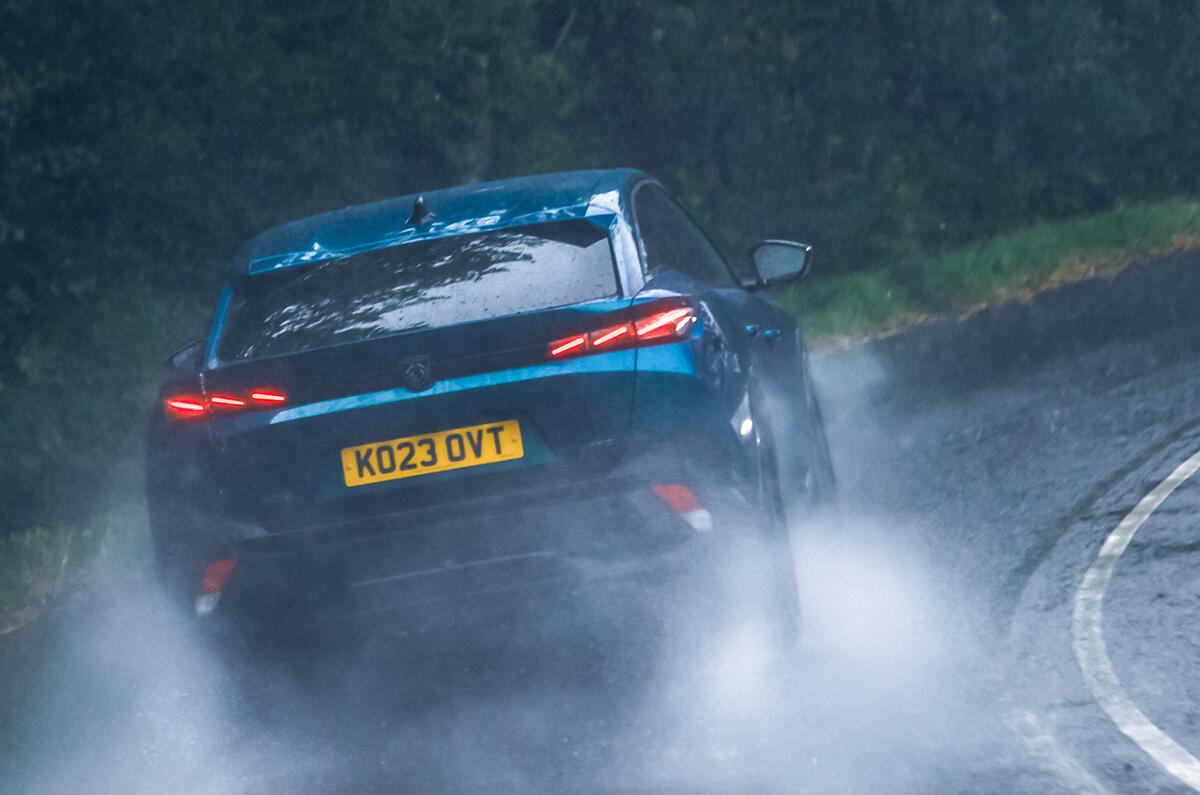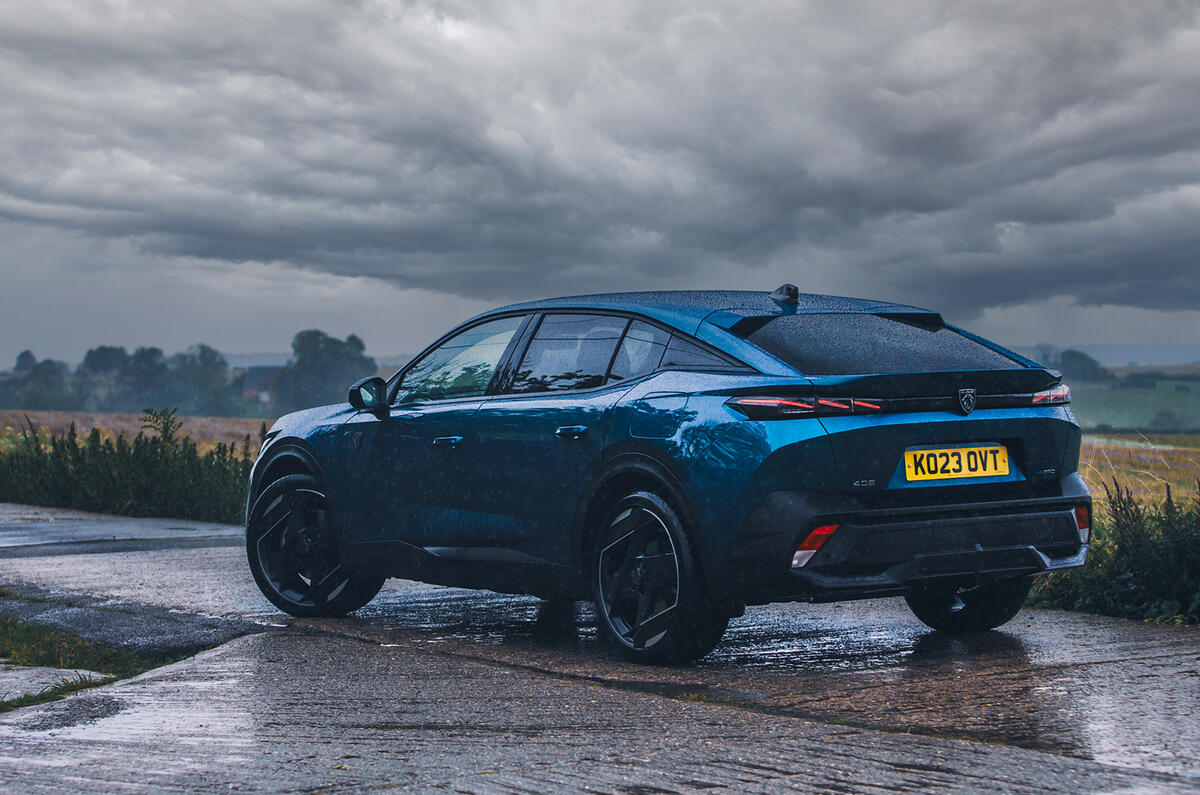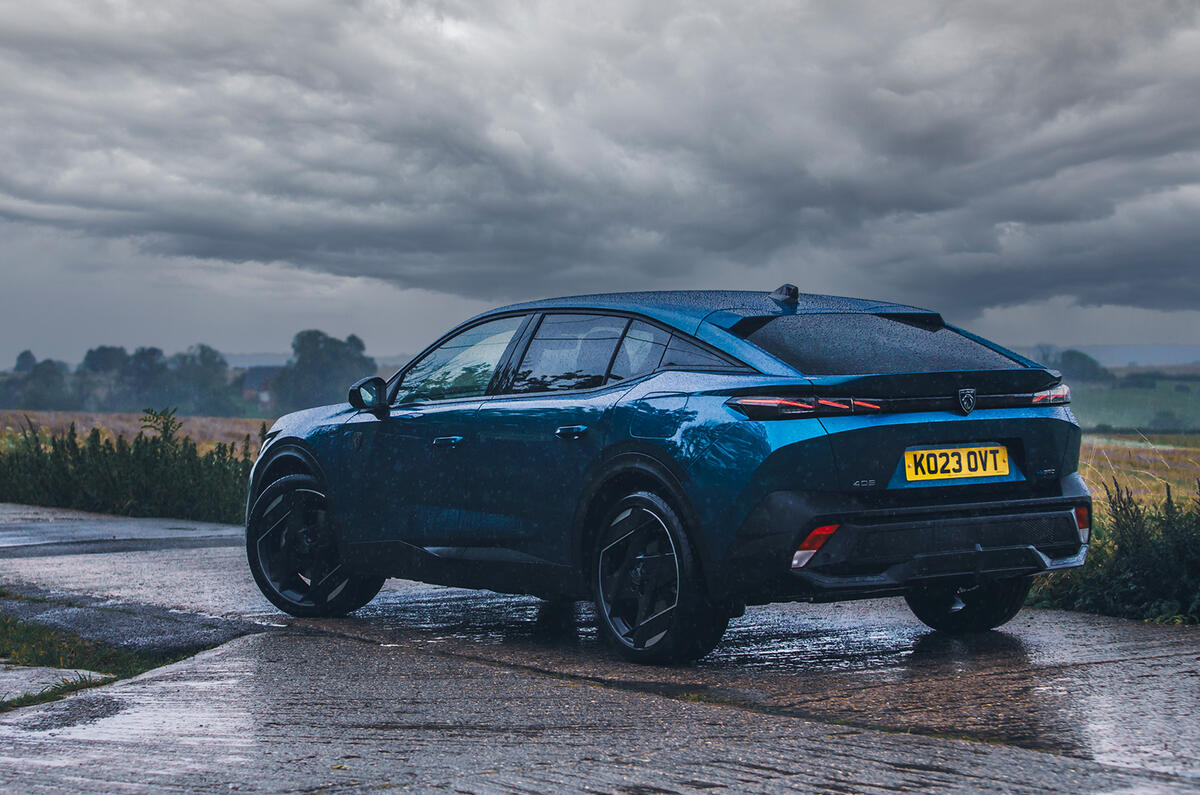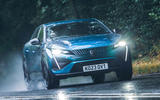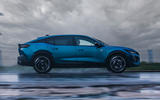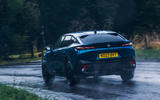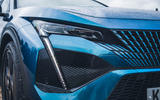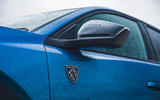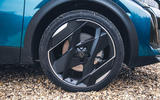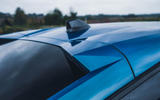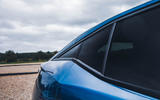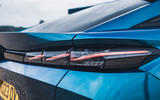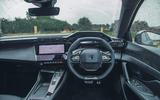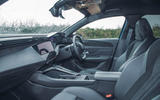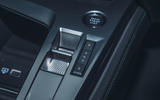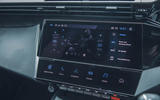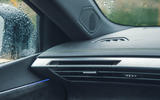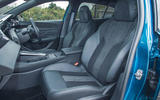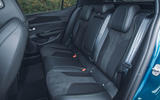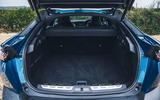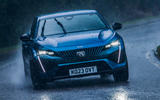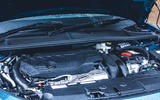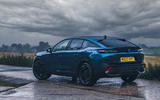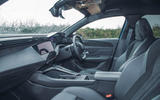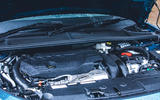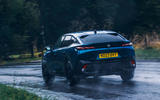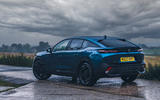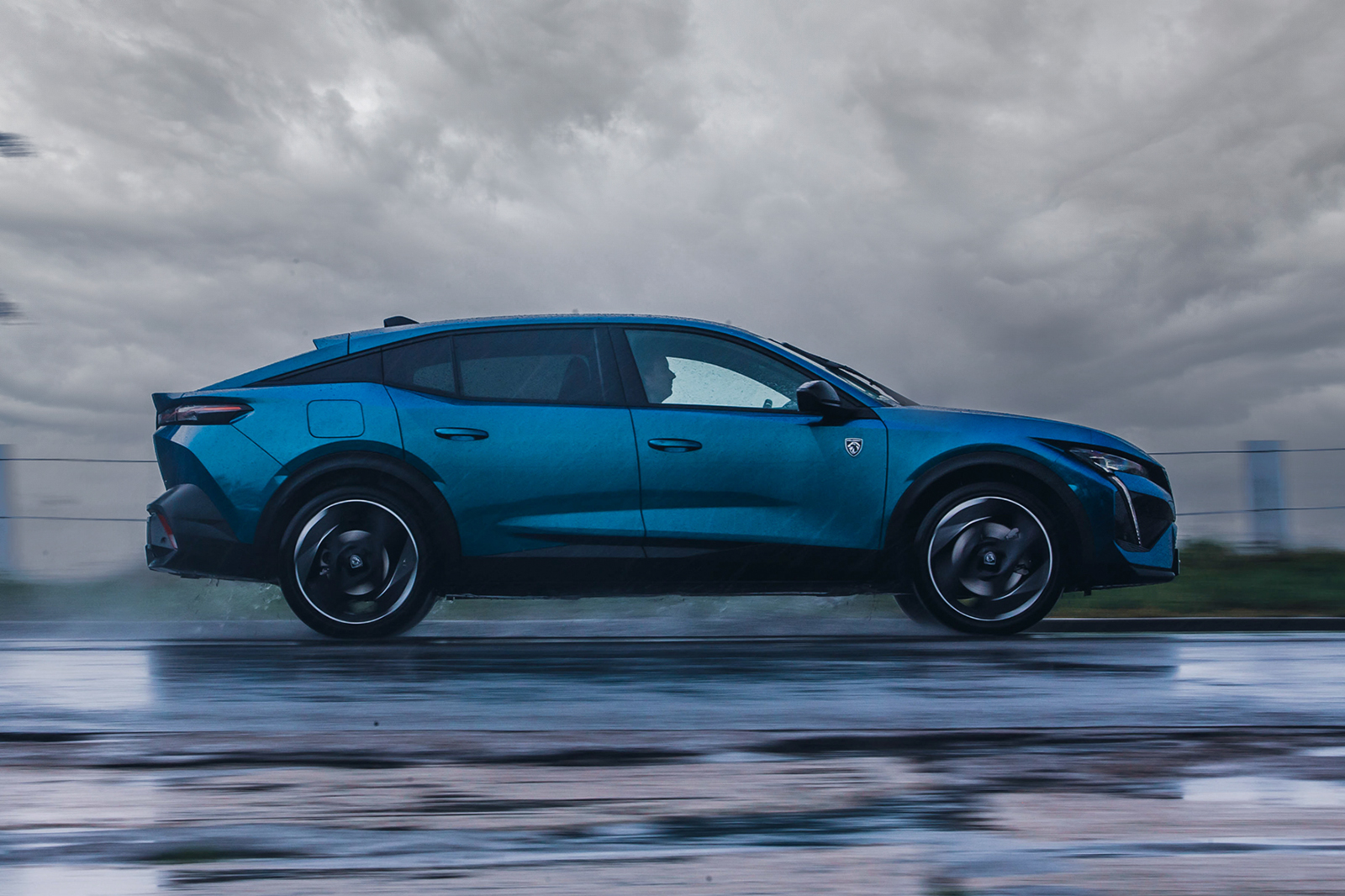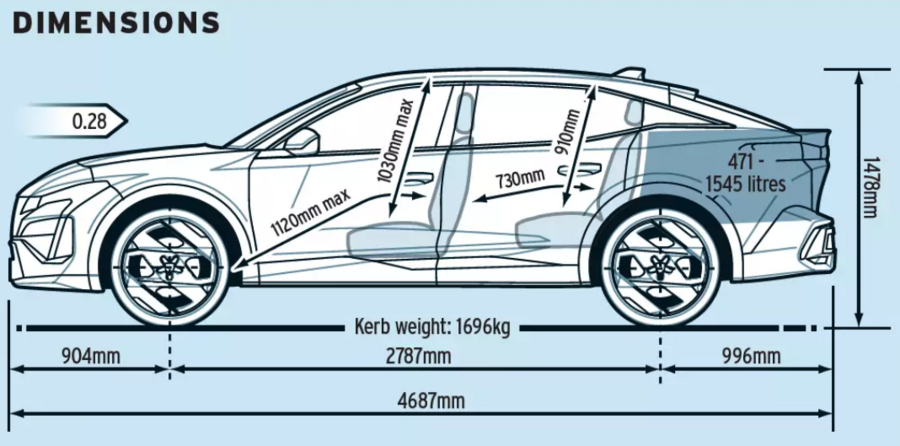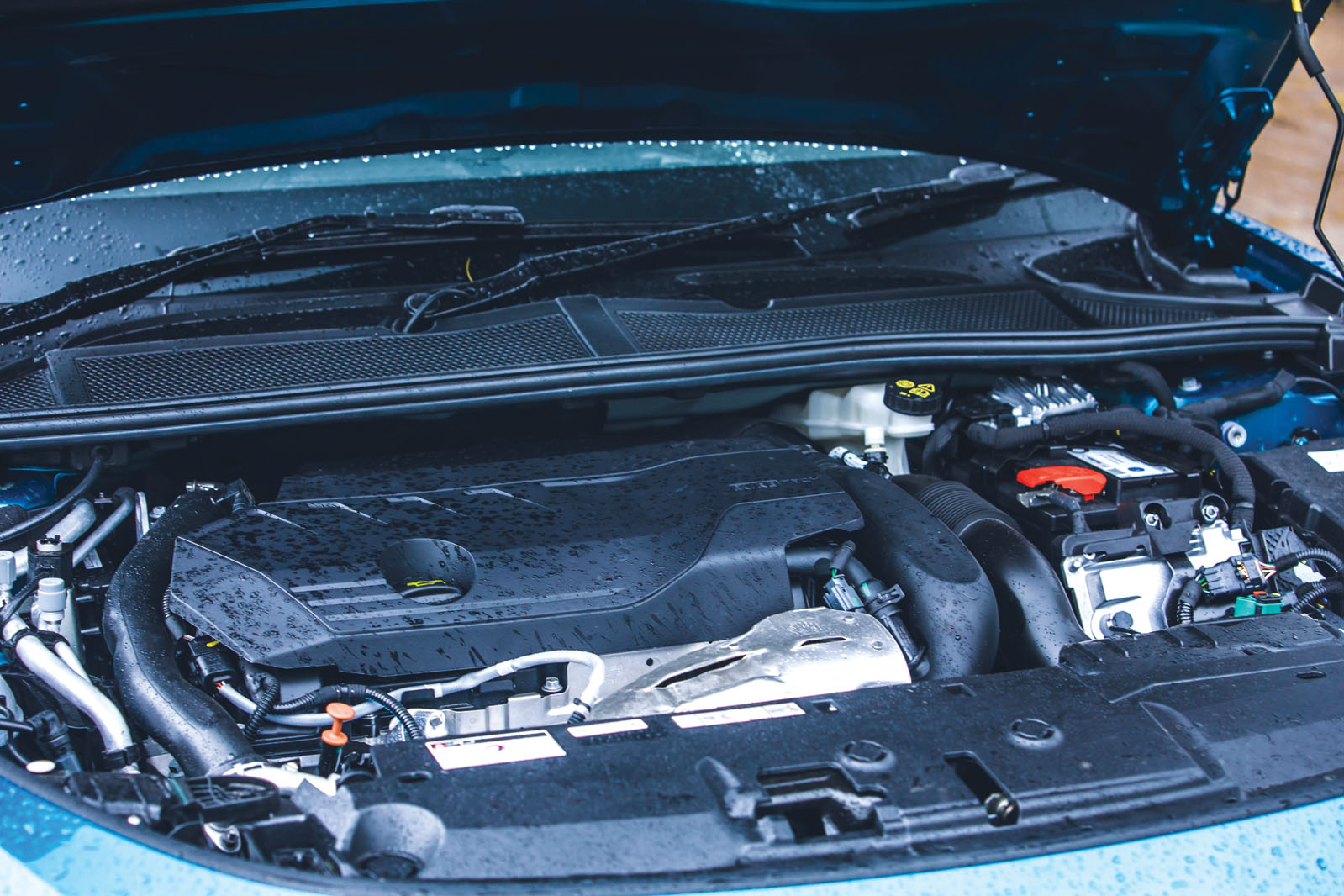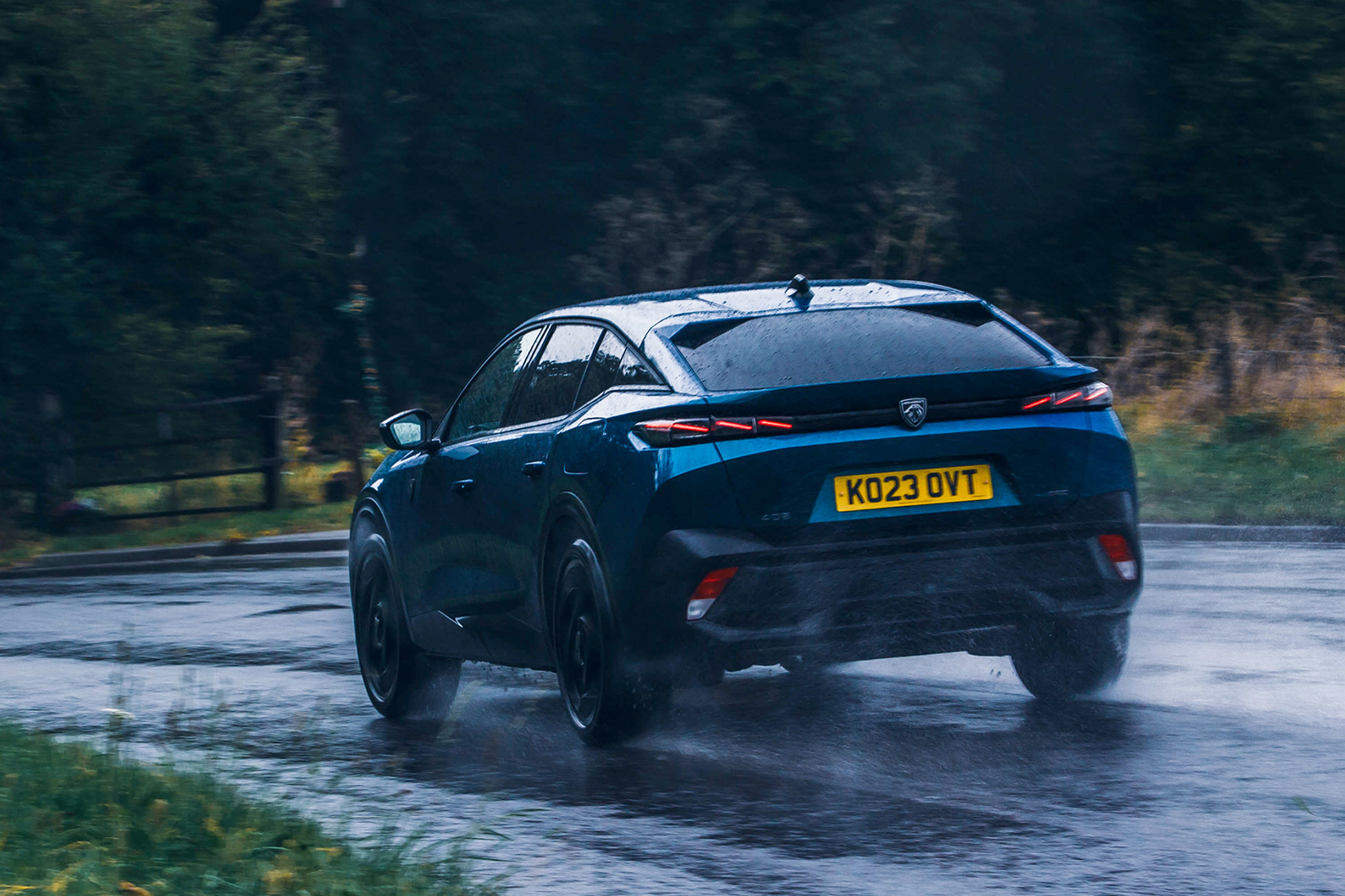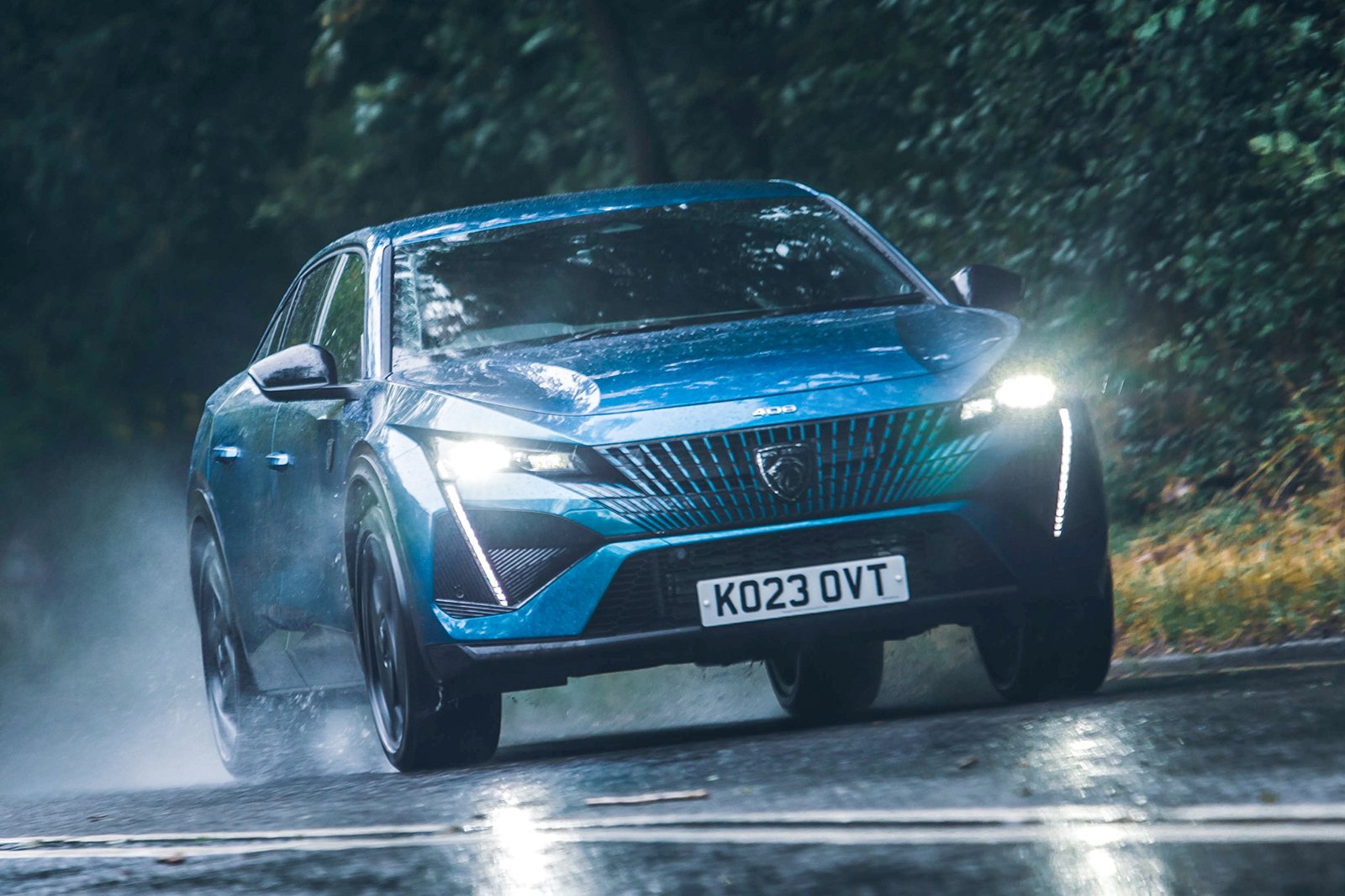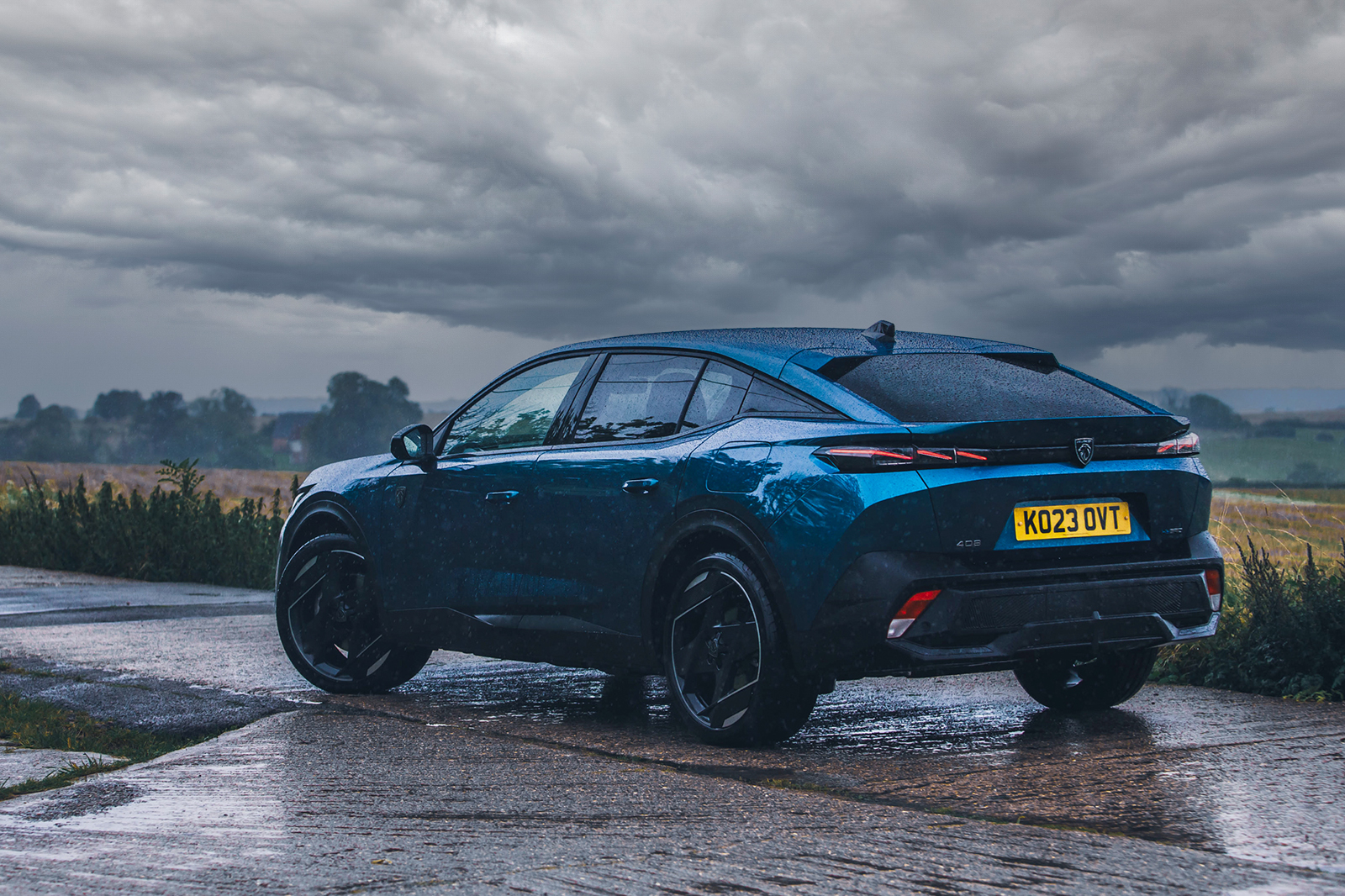Welcome to the Peugeot 408. But before we delve into what this quite unusual car does well (and less well), a history lesson.
Peugeot’s three-digit naming strategy hasn’t changed much in decades – it’s well known that the original Porsche 911 of the early 1960s was initially intended to be called ‘901’ but then had to be renamed after the French brand complained.
It means certain conventions are well established. For example, models beginning with ‘3’ are always mid-size hatchbacks, whereas those starting with a ‘9’ are of course top-class endurance racers designed to win Le Mans, such as the wild Peugeot 9X8. However, the number ‘4’ is less predictable and it has been applied to some of Peugeot’s best-loved and most interesting products.
The 1935 402, with its rear-wheel spats, was one of the first family cars to attempt to address the aerodynamics concern, while the sweet little 403 that succeeded it performed a volte-face and dragged the brand’s design language into modernity. It was the first Peugeot to sell in seven-figure numbers. More recently, the 405 stole hearts in Mi16 guise – it was essentially a 205 GTi in saloon uniform – and the 406 that succeeded it included a Pininfarina-penned coupé that was one of the prettiest cars of the 1990s.
We therefore shouldn’t be surprised that the new 408 takes a somewhat unpredictable form. What exactly is it? “A mix between a saloon and an SUV,” Peugeot CEO Linda Jackson told Autocar earlier this year. It was a refreshingly straightforward assessment, but the idea needs no dressing. Notchback crossovers are gaining popularity. They offer the ride height buyers want from SUVs but package it in a less obtuse, more elegant body.


